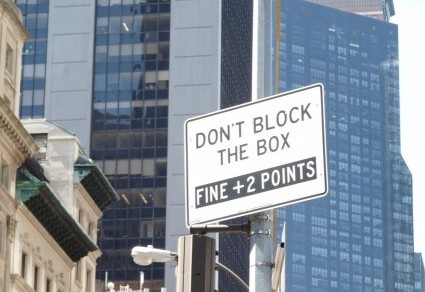Overconfident, snarky New Yorker that I am, I was all set to mock the sign I see in every NYC bus stating that “it is a felony to assault a bus operator.” My tag line was going to be “feel free to assault everyone else,” because I believed that the sign had been poorly written and conveyed an inappropriate meaning.
But I was wrong. According to my son the lawyer, assaulting non-bus operators isn’t always a felony. If someone punches you, the charge may very well be a misdemeanor. Bummer, both in terms of life (I’d like to rate a felony if I’m hit) and the blog (there goes my post).
Fortunately, I found a number of signs this week that do rate some snotty remarks. Check out this awning:

For shy clothing.
I confess I thought all stores offering to clean your clothes were public, but this sign implies . . . well, I’m not sure what it implies. Must you join a club before you hand over your underwear? Is the washer behind a screen, so that no one will see your stuff? Or does the sign mean that your wash isn’t mixed in with others’ clothing? If that last one is true, in a non-private (public?) laundry, is everything in the tub together? First, how gross is that? Second, how does the proprietor know which pajamas belong to you?
Here’s another, which has been hanging on my street for a couple of years:

Please, please end it!
This sign sounds like a command, or maybe a plea. It’s supposed to let the driver know that the car has passed through a construction zone and emerged on the other side. But that’s not true. The Second Avenue Subway project, the reason for this sign, began with a proposal nearly a century ago and progressed to demolition in 1942. Construction, in fits and starts, has gone on for decades. The earliest date for completion (which, like the horizon, can be approached but never reached) is December, 2016. The relevant point is that, regardless of the transit authority’s promises, the road work does not end. As every New Yorker knows, road work never ends in this city. If it’s not potholes, it’s new bike lanes, repaving, and cranes.
One more:

No drugs on the sidewalk!
Okay, you could argue that the sign tells passersby about what the store offers, but because this sign is on a drug store, the existence of a pharmacy would seem to be a no-brainer. So where else would the dep’t be? And couldn’t this national chain afford to write department? If you need to be told that the drugs are inside, you probably don’t know the contraction either.
That’s it for today. When it stops raining, I’m going to search for an outdoor pharmacy and a street without roadwork. Then I’ll wash my own clothes, privately.
Like this:
Like Loading...

















